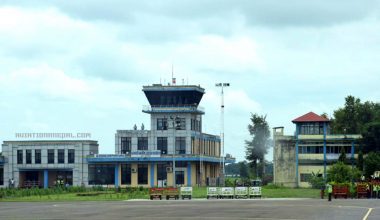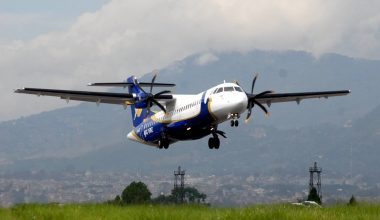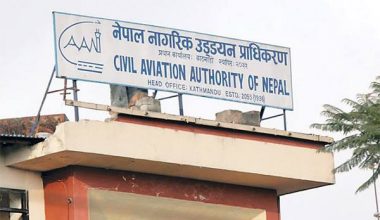Flying was for daredevils, at first. Numerous pilots showed off their skills and their new toys by performing for crowds – acrobatic stunts and other daring maneuvers – and often by selling joy rides to brave bystanders at three to five dollars apiece. But this showmanship soon gave away to those who wanted to see a more practical use for the airplane, and delivery of the U.S. Mail was considered the first down-to-earth application. The first airline in the United States to carry passengers on a regular schedule was the St. Peters-burg to Tampa Air-boat Line, which started operations in January 1914 between the two cities, but they carried only one passenger at a time. Service ended 3 months, however, due to the end of the tourist season and the onset of World War I.
After World War I, airmail service began and dominated the aviation industry. Entrepreneurs set up airline operations for that specific purpose. Occasionally, a passenger would ride along, sitting atop the mailbags if there was room. But later, additional seats were added to airplanes and passengers became more frequent sources of revenue. The U.S. government encouraged operators to use bigger airplanes and carry more passengers so they wouldn’t have to rely solely on government mail contracts to stay in business. Navigational aids were non-existent in the early days of flying, and flyers used railroads, highways, and common automobile road maps to find their way. Nor could the first flyers fly at night until someone decided to light bonfires along the desired route to show the way. Weather conditions were received by observation and by telephone until air-to-ground radio came into use in the late 1920s.
By the end of 1929, however, there were 10,000 miles of lighted airways, 275 lighted airports, and 1352 rotating beacons. While development of air travel in the United States lagged behind that of Europe after World War I, the opposite was true after World War II. Airplanes got bigger and flew “higher, faster, further” and in 1958, we were introduced to the “jet age” with Boeing 707, followed by the Douglas DC-8, and the Lockheed L1011. Navigational aids both on the ground and in the aircraft (later in the earth orbiting satellites) revolutionized the industry along with drastic improvements’ in aircraft and engine technology. Today, after more than 100 years after the Wright Brothers historic first flight, aviation has come of age. People can fly – and in immense comfort and safety.
Articles Taken From Aviation Book.








